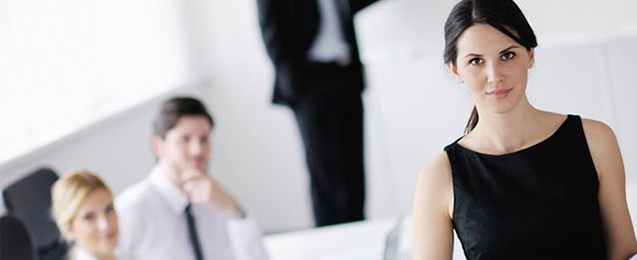Innovation Strategies for Your Next Problem-Solving Session

Let’s be honest: when groups come together to problem-solve, no matter how enthusiastic they may be, eventually they run out of fuel. Ideas stop coming. The room gets quiet. The well runs dry. So what do you do?
Firms that specialize in creative problem-solving–such as Synectics, Innovation Associates and Creative Realities–have developed several different methodologies to give flat-lining groups a jolt of creative energy. Here are a few such strategies that you can try at your next group meeting:
“I wish”–People have used wishful thinking as an innovation strategy for decades. Simply tacking on those two words onto a proposed idea gives a participant permission to take risks. For example, if you are focusing on a client who is unwilling to try a new product, offer a comment like:
“I wish we could let him know about the opportunities he is missing…”
or alternatively,
“I wish he saw the risks associated with not doing this…”
This can easily open a discussion about educating the client to see the light, or at least prompt the group to think a bit differently.
Getting Absurd–As strange as it may sound, absurdity has its role in promoting innovation. Having a group take ten minutes to offer absurd ideas can get the creative juices flowing again. The key is to let the absurd idea trigger a reasonable idea. One of our favorite examples came up during a brainstorm about a client that wouldn’t see a salesperson:
Someone suggested he stop by the client’s house on a Sunday afternoon, unannounced. Crazy idea, right? But that triggered an idea about connecting with the client outside of work. And that led to a suggestion about learning what charity she was involved in. And that in turn led to their meeting at a fundraiser. The rest is history.
Even the most absurd ideas can lead to new, innovative and practical ways to solve problems. And generating them can even be fun!
Parallel Situations–Groups can broaden their thinking by considering parallel situations. If someone can’t get through to a client because of price, ask the group members to share examples of situations in which they paid extra for something, only to realize that the premium was worth every penny–you may get some inspiration for a new reframe.
Or, if you can’t get an internal colleague to be more flexible, ask the group to share examples of how they turned around a stubborn person in their personal life. See if that doesn’t trigger an idea or two. You might be surprised.
Buddies– Some individuals have an easier time speculating in small groups, rather than in front of a crowd. If this seems to be the case, try breaking the meeting up into teams of two and giving each team three or four minutes to come up with at least two ideas. They can be practical or ridiculous, but there must be two. Then, when time ends, each team can share what they come up with and see what resonates.
Bear in mind as your meeting progresses that though these exercises are fun, their true purpose is to energize the group. The result is usually a couple of new ideas to attack the task at hand. And that is a big part of what innovation is all about.
—
What helps you get your creative juices flowing at work? Leave a comment to share your secret.
